Dr Rajiv Patel from the US will be a speaker at the upcoming ROOTS SUMMIT, which will take place from 9 to 12 May in Athens in Greece. His lecture will focus on dental trauma management and will cover a variety of scenarios, such as lateral luxation, crown-root fractures, intrusion and avulsion in growing individuals. In this interview, the passionate endodontist discusses how dental trauma management differs in children and adolescents, emphasises the role of endodontics in dental trauma patients and explains what all dental professionals should have on their dental trauma management checklist.
Dr Patel, how did you first become involved in dental trauma management, and what do you find appealing about it?
As a practising endodontist, I saw the connection between dental trauma management and the philosophy of saving teeth. My involvement began when I collaborated on a variety of cases with specialists and restorative dentists with whom I share a common philosophy. I find the unique challenges of dental trauma management, the opportunity to make a difference in patients’ lives, the need for interdisciplinary collaboration and the potential for continual learning and innovation both interesting and fulfilling.
In your ROOTS SUMMIT lecture, you will focus on dental trauma in the growing patient. How does the treatment of dental trauma differ in children and adolescents, and what special considerations have to be taken into account?
The treatment of dental trauma in children and adolescents requires a specialised and multidisciplinary approach, considering the unique aspects of growth and development in this age group. Careful monitoring, long-term planning and a focus on both functional and aesthetic outcomes are essential in these cases. Growing patients involved in contact sports need to be educated on the importance of preventive measures such as mouth guards in order to avoid future dental trauma.
My lecture will be titled “Dental trauma—stretching the limits”, meaning that I will focus on pushing the boundaries and exploring innovative, advanced or unconventional approaches for challenging cases.
“Checklists can save lives, and in our field, we can save teeth with a systematic approach.”
Your lecture abstract mentions that attendees will be able to develop a dental trauma management checklist. What are some of the most crucial points on that list?
Checklists can save lives, and in our field, we can save teeth with a systematic approach. The most crucial points on that list relate to pre- and intra-operative clinical assessment of the degree of trauma, the patient’s neurological status, radiographic assessment and an informed discussion of treatment options.
Endodontics plays an important role in providing timely and correct treatment following trauma. Can you explain the importance of an interdisciplinary approach in treating complex dental trauma cases?
Dental trauma management is not a one-size-fits-all process, and complex cases often demand the collaboration of various specialists to provide the best possible care. An interdisciplinary approach ensures that all aspects of the injury are addressed comprehensively, leading to improved outcomes and a higher quality of care for the patient. Endodontists, with their expertise in diagnosing and treating issues related to the dental pulp and adjacent structures, play a critical role in determining whether endodontic treatment, such as root canal therapy or more conservative vital pulp therapy, is necessary.
“An interdisciplinary approach ensures that all aspects of the injury are addressed comprehensively, leading to improved outcomes and a higher quality of care for the patient.”
Could you describe a particularly challenging case of dental trauma you have managed and the lessons learned from it?
In the careers of most practitioners, some cases stand out owing to their complexity and the emotions associated with them. For me, one such case involved an 8-year-old girl with an avulsed central incisor secondary to a bicycle accident. This provided a variety of challenges and lessons to be learned. Key takeaways included the critical importance of timely and coordinated care, the necessity of urging patients to seek immediate treatment and the advantages of interdisciplinary communication and collaboration. Utilising advanced technology for precise diagnostics was crucial for guiding my treatment decisions. I learned the importance of strategically planning treatment sequences for optimal outcomes, considering long-term care and focusing on patient education about prevention. Additionally, providing psychological support and counselling was instrumental in ensuring the best possible results and patient satisfaction.
Are there any emerging techniques or materials in endodontics that you find promising for the treatment of dental trauma?
A few existing and emerging technologies which continue to be developed are regenerative endodontics, minimally invasive techniques, biocompatible and bioceramic materials and CBCT. The potential for the utilisation of artificial intelligence in diagnosis, radiographic assessment and treatment planning in dental trauma management appears to be exciting.
What do you enjoy about ROOTS SUMMIT, and what are you looking forward to at the upcoming event?
I have attended other editions of ROOTS SUMMIT in the past. They are very well-organised meetings offering many practical take-home messages. For me, the journey in endodontics started with ROOTS, and I am excited to share the podium with many of my personal heroes in the field of endodontics. I am looking forward to learning and networking with my friends and meeting new colleagues from all over the world. I am hoping to see you at the next ROOTS SUMMIT in Greece.
Editorial note:
More information on the programme and registration of the event can be found on the ROOTS SUMMIT website.
Tags:
Sophisticated machine concept delivers perfect milling results
General dental practitioners and paediatric dentists face real dental emergencies that effect children, especially dental trauma. Avulsion is considered, in...
Monitoring the developing dentition is part and parcel of a general dental practitioner’s (GDP) routine and this relies on the basic knowledge of tooth ...
Established in 1962, Schütz Dental has a long-standing reputation for innovation and customer-focused solutions. Headquartered in Germany, the company has ...
Dentsply Sirona, the world's largest manufacturer of dental products and technologies, and SICAT, provider of software and hardware solutions for the dental...
The COMBI touch combines ultrasound and air-polishing in one unit to provide a complete prophylaxis treatment from removal of supra-gingival and subgingival...
With his extensive experience in using and reviewing scanners, and as the founder of the Institute of Digital Dentistry (iDD), Dr Ahmad Al-Hassiny is well ...
CROATIA, Zagreb: NUVO ConicalFIT, a new dental implant system, was launched in Croatia with great success. The launch event featured experienced ...
Managing the carious primary molar in children using the “Hall Technique” is a controversial but acceptable novel method. Restoring all eight carious ...
The Ormco Forum Dubai 2018 took place from 06 to 08 December 2018 at Palazzo Versace, Dubai, UAE
Live webinar
Wed. 14 January 2026
9:00 pm UAE (Dubai)
Dr. Théo Laplane, Dr. Robert Gottlander DDS
Live webinar
Fri. 16 January 2026
9:00 pm UAE (Dubai)
Live webinar
Mon. 19 January 2026
10:00 pm UAE (Dubai)
Philipp Kopp, Michael Seeber
Live webinar
Thu. 22 January 2026
6:00 pm UAE (Dubai)
Prof. Judith Jones D.D.S; M.P.H., Prof. Kakuhiro Fukai D.D.S., Ph.D, Dr. Bathsheba (Bethy) Turton
Live webinar
Thu. 22 January 2026
11:00 pm UAE (Dubai)
Dr. Nicola M. Grande DDS, PhD
Live webinar
Wed. 28 January 2026
5:00 pm UAE (Dubai)
Live webinar
Wed. 28 January 2026
8:00 pm UAE (Dubai)
Prof. Dr. Jan-Frederik Güth



 Austria / Österreich
Austria / Österreich
 Bosnia and Herzegovina / Босна и Херцеговина
Bosnia and Herzegovina / Босна и Херцеговина
 Bulgaria / България
Bulgaria / България
 Croatia / Hrvatska
Croatia / Hrvatska
 Czech Republic & Slovakia / Česká republika & Slovensko
Czech Republic & Slovakia / Česká republika & Slovensko
 France / France
France / France
 Germany / Deutschland
Germany / Deutschland
 Greece / ΕΛΛΑΔΑ
Greece / ΕΛΛΑΔΑ
 Hungary / Hungary
Hungary / Hungary
 Italy / Italia
Italy / Italia
 Netherlands / Nederland
Netherlands / Nederland
 Nordic / Nordic
Nordic / Nordic
 Poland / Polska
Poland / Polska
 Portugal / Portugal
Portugal / Portugal
 Romania & Moldova / România & Moldova
Romania & Moldova / România & Moldova
 Slovenia / Slovenija
Slovenia / Slovenija
 Serbia & Montenegro / Србија и Црна Гора
Serbia & Montenegro / Србија и Црна Гора
 Spain / España
Spain / España
 Switzerland / Schweiz
Switzerland / Schweiz
 Turkey / Türkiye
Turkey / Türkiye
 UK & Ireland / UK & Ireland
UK & Ireland / UK & Ireland
 International / International
International / International
 Brazil / Brasil
Brazil / Brasil
 Canada / Canada
Canada / Canada
 Latin America / Latinoamérica
Latin America / Latinoamérica
 USA / USA
USA / USA
 China / 中国
China / 中国
 India / भारत गणराज्य
India / भारत गणराज्य
 Pakistan / Pākistān
Pakistan / Pākistān
 Vietnam / Việt Nam
Vietnam / Việt Nam
 ASEAN / ASEAN
ASEAN / ASEAN
 Israel / מְדִינַת יִשְׂרָאֵל
Israel / מְדִינַת יִשְׂרָאֵל
 Algeria, Morocco & Tunisia / الجزائر والمغرب وتونس
Algeria, Morocco & Tunisia / الجزائر والمغرب وتونس




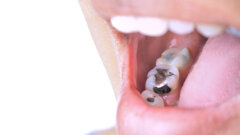

























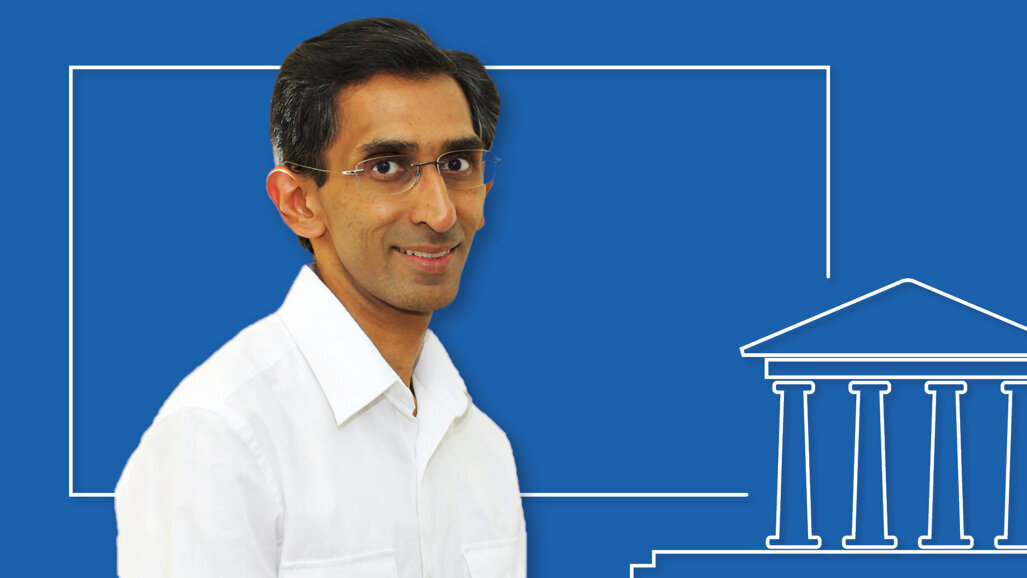



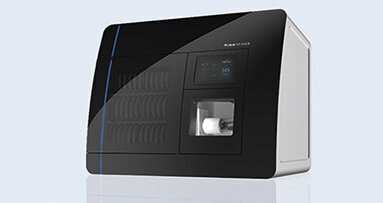

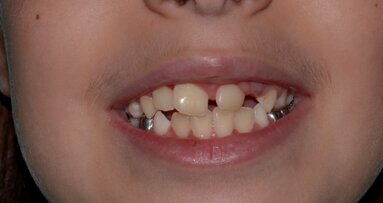
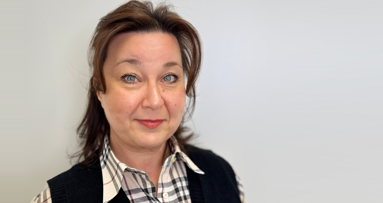
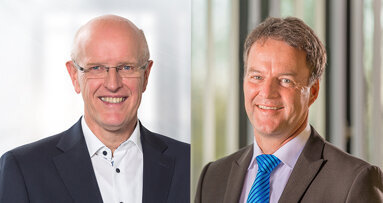
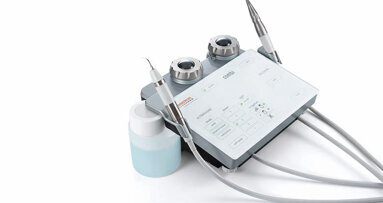
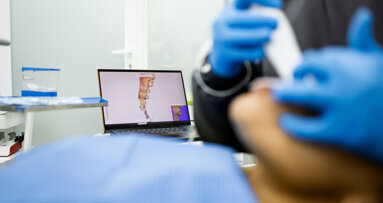

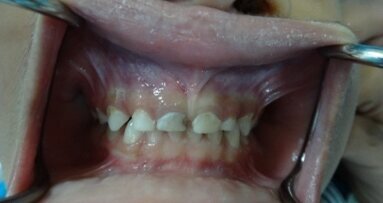


















To post a reply please login or register